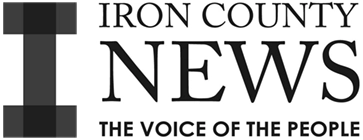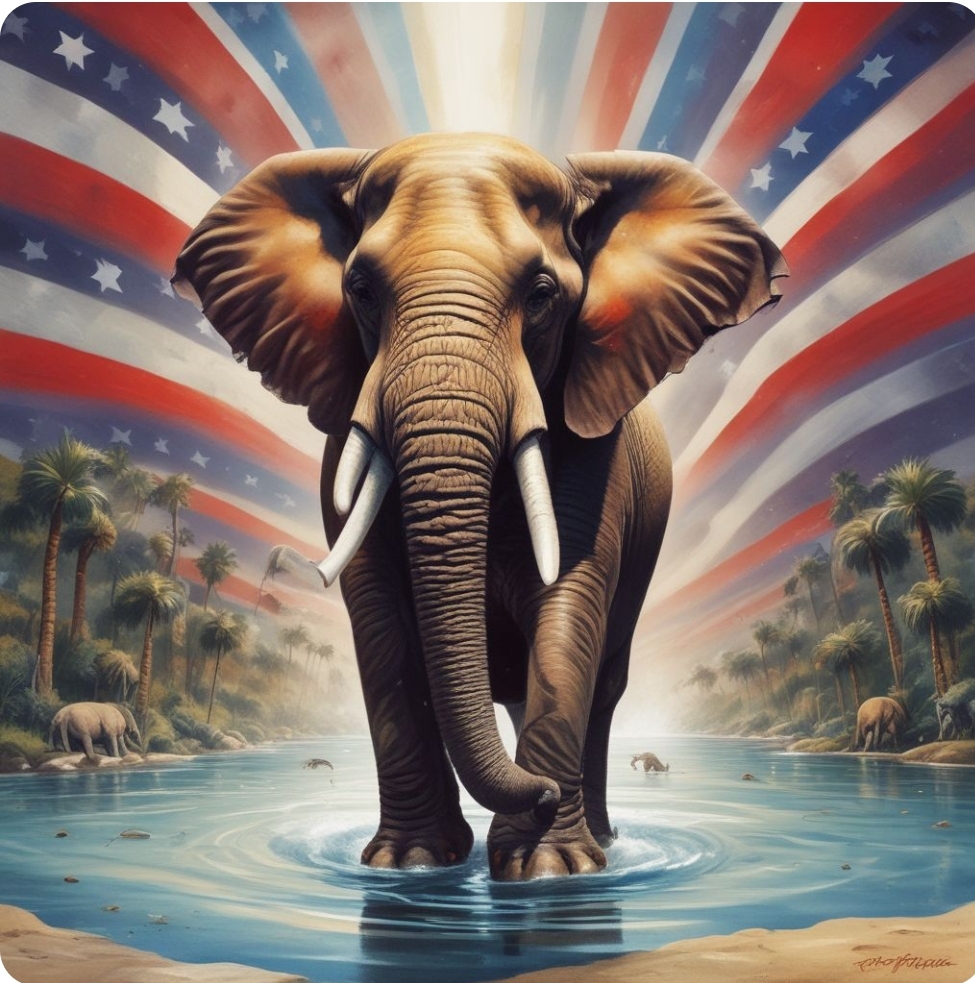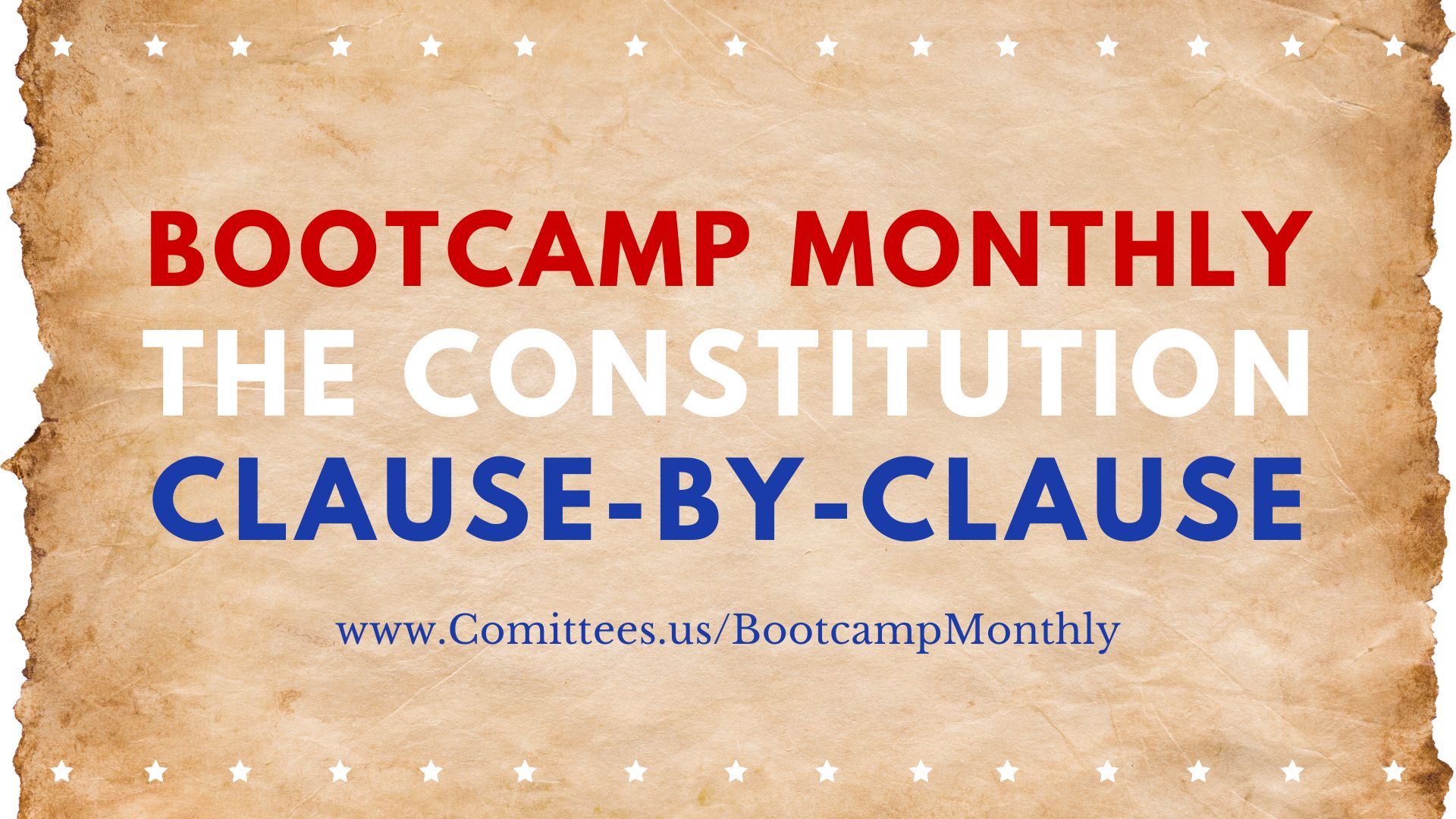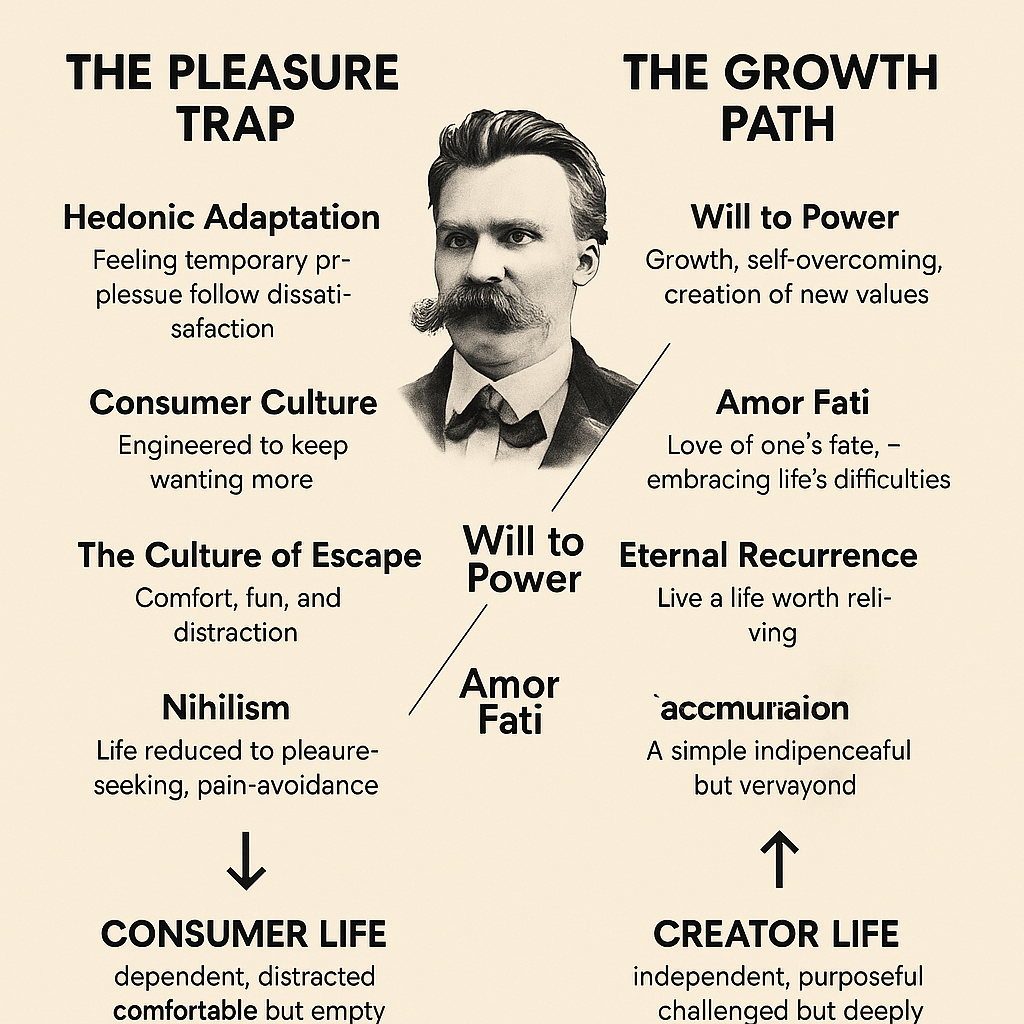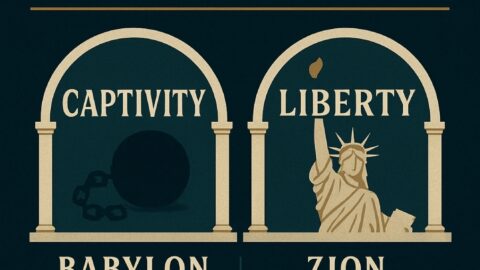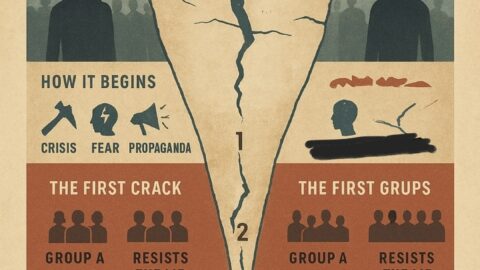The Republican Party (often called the GOP, or “Grand Old Party”) emerged in the mid-19th century as a political response to the growing sectional conflict over slavery and the expansion of that institution into new territories. Here is an overview of the evolution of the Republican Party:
Origins of the Republican Party (1850s):
- Formation in Response to Slavery:
- The Republican Party was founded in 1854 in Ripon, Wisconsin, and formally organized at a convention in Jackson, Michigan, later that year. Its formation was primarily a reaction to the passage of the Kansas-Nebraska Act (1854), which allowed new territories to decide the legality of slavery through popular sovereignty, effectively repealing the Missouri Compromise of 1820 that had restricted slavery’s expansion.
- The party was created by a coalition of anti-slavery Whigs, Free Soilers (who opposed the expansion of slavery), Northern Democrats disillusioned with their party’s pro-Southern stance, and abolitionists who were deeply concerned about the expansion of slavery into the Western territories.
- Early Ideology and Goals:
- The early Republican Party was explicitly anti-slavery expansion. While not all members were abolitionists (those who sought to end slavery everywhere), they were united in their opposition to the spread of slavery into new territories and states.
- The party also advocated for a platform of economic modernization, which included support for protective tariffs to aid American industry, a transcontinental railroad, a Homestead Act for western settlers, and federal support for internal improvements like roads and canals.
Rise to Power (1856-1860):
- First Presidential Election (1856):
- The Republican Party fielded its first presidential candidate, John C. Frémont, in the 1856 election. Although he lost to Democrat James Buchanan, Frémont’s strong showing signaled that the Republicans had quickly become a significant political force, particularly in the North.
- Abraham Lincoln and the Election of 1860:
- The Republican Party nominated Abraham Lincoln as its candidate for the presidency in 1860. Lincoln was a moderate who opposed the spread of slavery into the territories but was not an outright abolitionist at the time.
- The Republican platform in 1860 emphasized stopping the expansion of slavery, economic modernization, and support for free homesteads, a transcontinental railroad, and protective tariffs.
- Lincoln won the presidency with a majority of the electoral vote but only about 40% of the popular vote, reflecting the sectional divide in the country. His victory prompted Southern states to begin seceding from the Union, leading to the American Civil War (1861-1865).
Civil War and Reconstruction Era (1861-1877):
- Civil War Leadership:
- Under Lincoln’s leadership, the Republican Party became the party of Union preservation. During the Civil War, the Republicans enacted significant legislation, including the Homestead Act (1862), the Pacific Railway Act (1862), and the establishment of the National Banking System (1863).
- The most significant legislative achievement was the Emancipation Proclamation (1863), which declared freedom for all slaves in Confederate states. This shifted the war’s purpose to not only preserving the Union but also ending slavery.
- Reconstruction Era:
- After the Civil War, the Republican Party, especially the Radical Republicans, led efforts during the Reconstruction Era to rebuild the South, integrate formerly enslaved people into society, and secure civil rights.
- Key achievements included the passage of the 13th Amendment (abolishing slavery), the 14th Amendment (granting citizenship and equal protection under the law), and the 15th Amendment (granting African American men the right to vote).
- However, Reconstruction faced fierce opposition from Southern Democrats, and the Republican Party struggled to maintain its influence in the South as the Reconstruction era came to a close in 1877 with the Compromise of 1877, which ended federal intervention in Southern states.
Gilded Age and Progressive Era (1877-1920):
- Gilded Age Politics:
- The Republican Party was dominant during the Gilded Age (late 19th century), largely aligning with business interests and supporting policies that favored economic growth, industrialization, and a strong national government.
- The party faced internal divisions between “Stalwarts” (who favored patronage and machine politics) and “Half-Breeds” (who pushed for civil service reform). However, it remained the majority party, electing several presidents, including Ulysses S. Grant, Rutherford B. Hayes, James A. Garfield, and William McKinley.
- Progressive Era Reforms:
- By the early 20th century, the party embraced some Progressive reforms under President Theodore Roosevelt (1901-1909), who championed antitrust laws, regulatory oversight, conservation, and social justice issues. Roosevelt’s policies marked a shift towards government intervention in the economy to curb the excesses of big business.
- However, after Roosevelt, the party’s commitment to progressive reform waned under his successor, William Howard Taft (1909-1913), leading to a split in the party when Roosevelt ran as a third-party candidate for the Progressive “Bull Moose” Party in 1912.
Conservative Shift and New Deal Opposition (1920s-1940s):
- Return to Conservatism:
- In the 1920s, the Republican Party shifted back to a more conservative stance under Presidents Warren G. Harding, Calvin Coolidge, and Herbert Hoover. They promoted a laissez-faire approach to the economy, reducing taxes, and limiting government intervention.
- However, the party’s approach to economics faced challenges with the onset of the Great Depression in 1929.
- Opposition to the New Deal:
- During the 1930s, under President Franklin D. Roosevelt’s New Deal, the Republican Party became the opposition party, criticizing the New Deal policies as excessive government intervention in the economy and a threat to individual liberties and free-market principles.
- The Republicans struggled to gain political traction during this period, as FDR’s Democratic Party held the presidency and majorities in Congress for much of the decade.
Post-War Era and Modern Conservatism (1945-1980s):
- Eisenhower and Modern Republicanism:
- After World War II, the Republican Party regained the presidency with Dwight D. Eisenhower (1953-1961), who promoted “Modern Republicanism,” a middle-ground approach that accepted some New Deal programs while promoting fiscal responsibility and limited government.
- The party began to reposition itself to attract both conservative and moderate voters, focusing on economic growth, anti-communism, and a strong national defense.
- Rise of Modern Conservatism:
- In the 1960s and 1970s, the Republican Party increasingly embraced conservative ideology. Under the influence of figures like Barry Goldwater (1964 presidential candidate) and later Ronald Reagan, the party emphasized limited government, lower taxes, deregulation, free-market capitalism, strong national defense, and traditional values.
- The Southern Strategy was adopted to attract white Southern voters who had traditionally voted Democrat but were disaffected by the civil rights movement and the Democrats’ progressive stances. This strategy gradually transformed the Republican Party into a predominantly conservative party with a strong base in the South.
- Reagan Revolution:
- The election of Ronald Reagan in 1980 marked a defining moment in the party’s evolution. Reagan’s presidency (1981-1989) solidified the Republican commitment to conservative principles, reducing taxes, deregulating the economy, and promoting a strong anti-communist foreign policy.
- Reagan’s success helped establish a new coalition of voters, including religious conservatives, fiscal conservatives, and working-class, which would define the party for decades.
Contemporary Republican Party (1990s-Present):
- Post-Cold War and Culture Wars:
- In the 1990s, the Republican Party, led by figures like Newt Gingrich, focused on reducing the size of government, balancing the budget, and promoting conservative social values. The party gained control of Congress in 1994 with the “Contract with America,” emphasizing limited government and welfare reform.
- Social issues, such as abortion, gun rights, and same-sex marriage, became more prominent, with the party appealing to evangelical Christians and other socially conservative groups.
- 21st Century and the Trump Era:
- In the 21st century, the Republican Party underwent further transformation under President Donald Trump (2017-2021). Trump brought a populist, nationalist approach that emphasized “America First” policies, including restrictions on immigration, trade protectionism, and skepticism of international alliances.
- Trump’s presidency intensified the party’s focus on nationalism, anti-establishment rhetoric, and conservative social issues. It also led to a reconfiguration of the party’s base, attracting working-class voters while facing internal divisions between traditional conservatives and the new populist wing.
- Current State of the Republican Party:
- The Republican Party today is characterized by a mix of traditional conservatism (emphasizing limited government and free markets), populist nationalism (focused on anti-globalism, immigration, and cultural issues), and a strong emphasis on individual liberties and states’ rights.
- The party remains deeply divided on issues such as trade, foreign policy, and the future direction post-Trump, but it continues to play a significant role in shaping American politics.
The Republican Party has evolved significantly since its founding in the 1850s. Initially formed as an anti-slavery party focused on preventing the expansion of slavery, it has transformed over the decades into a party representing various strands of American conservatism, from economic libertarianism to social conservatism and nationalist populism. Throughout its history, it has shifted its positions in response to changing political, social, and economic conditions, adapting its platform to appeal to different voter coalitions and emerging as one of the two major political parties in the United States.
